What is full sun?
timetraveler zone 9b Melbourne Beach, Florida
13 years ago
Related Stories

GARDENING GUIDES10 Drought-Tolerant Shrubs That Thrive in Full Sun and Reflected Heat
Got a hot spot in your garden where plants often die? Try these tough shrubs that add beauty while shrugging off the heat
Full Story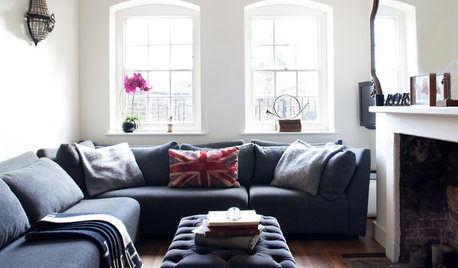
DECORATING GUIDESHow to Use Full-Scale Decor to Make a Small Space Feel Bigger
With a less-is-more approach, even oversize furnishings can help a compact area seem roomier
Full Story
PRODUCT PICKSGuest Picks: 20 Full-of-Character Furnishings With Global Flair
Layer furniture, accessories and textiles with a worldly appeal to tell your own one-of-a-kind story
Full Story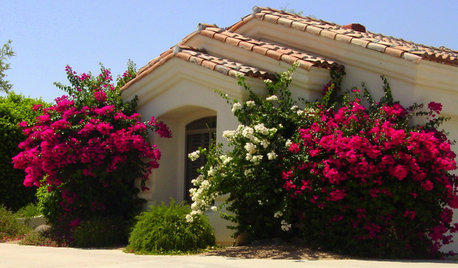
LANDSCAPE DESIGNGreat Design Plant: Sun-Loving Bougainvillea Showers Yards With Color
Bring unbeatable vibrancy to a garden or wall with this unfussy and trainable shrub packed with colorful bracts
Full Story
PLANTING IDEASGreat Garden Combo: 5 High-Intensity Plants for High-Intensity Sun
Blend bold foliage and flowers to create a powerful combination that will hold its own even in the harsh light of midsummer
Full Story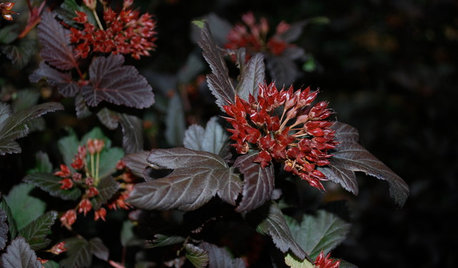
LANDSCAPE DESIGNGreat Design Plant: Sun-Loving Ninebark Puts on a Color Show
This tall, dark and handsome native shrub is equally at home in jeans and boots or in a suit and tie
Full Story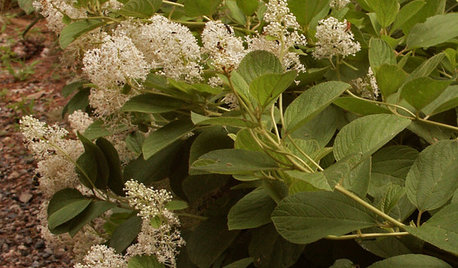
GARDENING GUIDESGreat Design Plant: Ceanothus Americanus
Thriving in lean soil and attracting the good bugs, New Jersey tea is a boon to full-sun areas of the garden
Full Story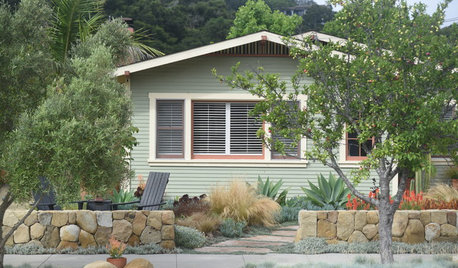
LANDSCAPE DESIGNHow and What to Plant in Dry, Sunny Spots
Save water and improve your site’s look with these design tips and help from a pro
Full Story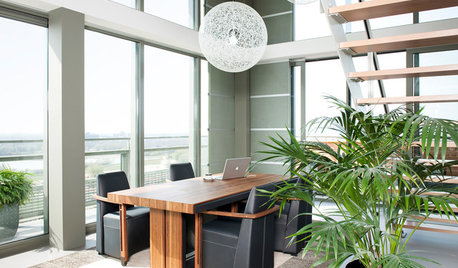
HOUSEPLANTSMeet a Palm That's Fine With Fluorescent Light
Get the look of the tropics without the full-on sun and high humidity — parlor palm tolerates regular indoor conditions with aplomb
Full Story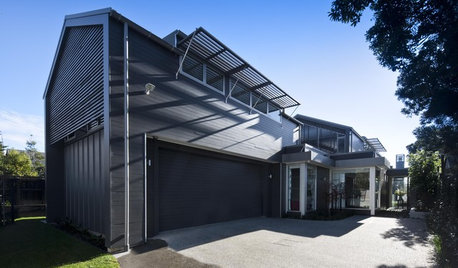
ARCHITECTUREShade in Summer, Sun in Winter
Louvered sunshades filter light when it's hot, let it in when it's not
Full StoryMore Discussions






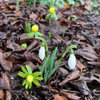

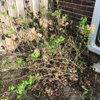
gardenweed_z6a
ken_adrian Adrian MI cold Z5
Related Professionals
Saint Louis Park Landscape Architects & Landscape Designers · Buford Landscape Contractors · Surprise Landscape Contractors · Wakefield Landscape Contractors · Maple Valley Landscape Contractors · Brownsville Landscape Contractors · Dunwoody Landscape Contractors · Hickory Hills Landscape Contractors · Richmond Landscape Contractors · Thornton Landscape Contractors · Welby Landscape Contractors · Weslaco Landscape Contractors · West Palm Beach Landscape Contractors · Westchester Landscape Contractors · Weymouth Landscape Contractorstimetraveler zone 9b Melbourne Beach, FloridaOriginal Author
ken_adrian Adrian MI cold Z5
marquest
perennialfan273
gardengal48 (PNW Z8/9)
Tiffany, purpleinopp Z8b Opp, AL
bobby69
mistascott